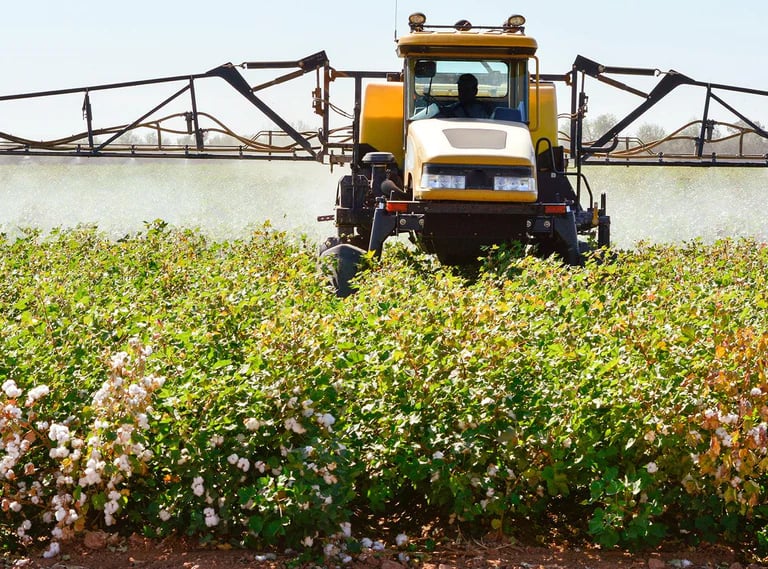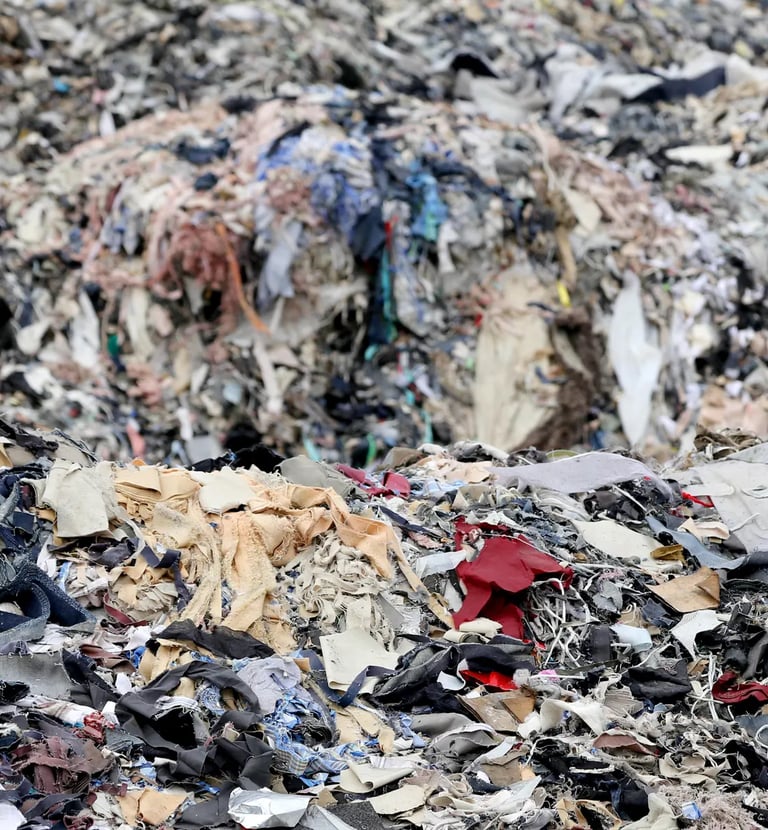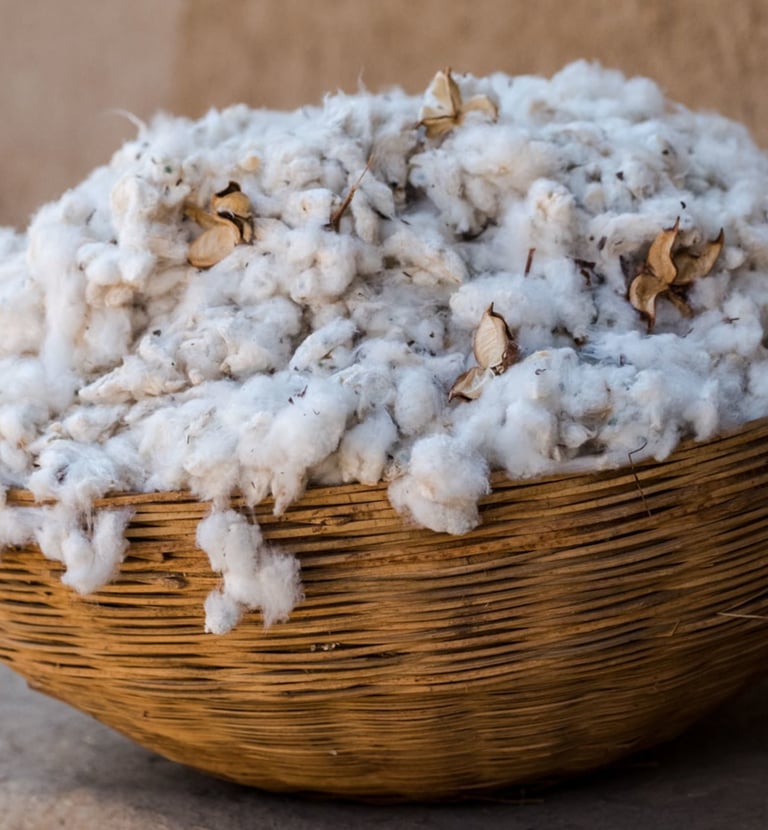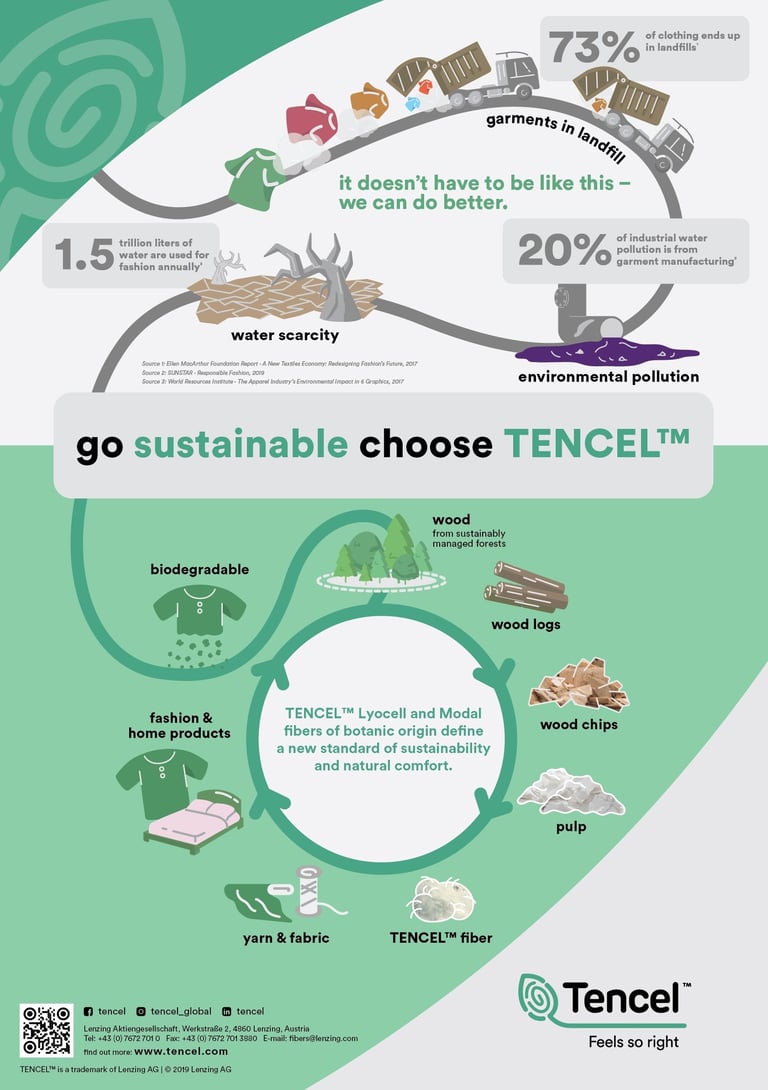Sustainability
The Secret Sockciety mission is to integrate social and environmental sustainability in the design of every sock. To determine when a sock is actually sustainable, a lot of research was required. Read about our sock investigation to find out how socks can be more environmentally sustainable!
our sock investigation






Assessing the life cycle of a sock: What is the most sustainable way to make socks in Europe?
Conventional sock materials: Cotton
The journey into the depths of an unforgivingly unsustainable industry began by looking at the materials that most socks are made of. This often consists of a blend of different materials, which are mostly cotton and polyester, and frequently elastane or spandex for the stretch. The disadvantage of regular cotton is that is a very water intensive crop, where lots of pesticides are used. This leads to not only people having to work with toxic chemicals, but also to land and water pollution. Cotton is mostly grown in India and China, and thus a lot of the yarn that our clothes are made with is imported from these regions.
Polyester
Polyester is often blended into the cotton yarn. This is done to increase the strength of the strand. Polyester is a synthetic material, which means it is man-made. Because this is a plastic material, it takes hundreds of years for the fiber to degrade. When inevitably sent to landfill, the harmful chemicals used during the production process also leach into the soil and could contaminate the water of the local population.
Solutions: Which materials can be a more sustainable option?
We began looking into what other options are out there to make a more sustainable sock. The options we found were organic cotton, using recycled cotton and polyester, bamboo, and hemp. Bamboo is particularly interesting in terms of sustainability in the growing process. Bamboo is much less water intensive (using about 1/5th of the water that cotton requires), and does not require pesticides. It stores a lot of carbon in the ground while growing (added bonus) and can be grown on agriculturally exhausted land. Once planted, after 5-7 years it can provide a steady harvest for 80-120 years. Hemp also requires less water and pesticides than cotton.
Problems in the processing stage
While these natural crops such as hemp and bamboo are better raw materials to make socks from in terms of water use, pesticide use and carbon sequestration, turning this raw material into a wearable piece of clothing does not come without its challenges.
Most frequently used is the viscose process. This entails dissolving the bamboo (or wood) in harmful chemicals until it becomes pulp, and the cellulose fibers can be extracted to spin into yarn. What happens to these chemicals afterwards? No one seems to know. The bamboo viscose material or yarn is mostly imported from China.
Greenwashing: Garments produced with the viscose technique may still be marketed as a sustainable, as it is made from bamboo or FSC certified wood. However, even though the garment is made from a more sustainable material, the process that this material has to go through and the distance it needs to travel to your doorstep is still fundamentally unsustainable.


New method: Lyocell
Lyocell is an alternative method of extracting the cellulose fibers from pulp, invented by Lenzing, a textile producer in Austria. This process uses no harmful chemicals, and is a closed-loop process, ensuring that no chemicals have to be discarded. Lenzing has used this method, as well as the modal method, to make a new textile: TENCEL. TENCEL fiber is made from the pulp of FSC certified wood. This can be spun into yarn and used to make clothing garments. This is seemingly among the most sustainable material on the market right now, as it uses a better raw material (wood) and a more sustainable process (lyocell and modal). However, the garment is only fully biodegradable if it is made from 100% TENCEL. Let's not overlook the fact that most garments are made of a blend of different fabrics. The question remains: How do we overcome the challenge of making a comfortable, fitting, strong sock (or any garment for that matter) from 100% sustainable fibers?
The aim of the Secret Sockciety is to set a new sock standard, by applying the lyocell technique to bamboo grown in Europe. However, it is still a challenge to find suitable suppliers and manufacturers using this new technique, that are also transparent about their sourcing. Our quest continues.


What about recycled materials, or organic cotton?
Using recycled materials to create new garments is a necessity to make the fashion industry more sustainable. Simply wearing a garment a few times before it is disposed of and ends up in landfill is a huge waste of the resources that went into producing the garment. There are certain challenges when it comes to recycling textiles, as garments often consist of blended yarns. For socks, this is mostly a blend of cotton, polyester or polyamide, and elastane. When recycling garments, the job would be a lot easier if it were made of only one material. Since most garments consist of a blend of both organic materials such as cotton, bamboo, hemp, or wool, as well as plastic-based fibers, these are not easily separated in the recycling process. Therefore, using organic cotton or recycled cotton in itself are not unsustainable choices, but what happens to this garment at the end-of-life stage? How can these materials be used and recycled again? How can we produce a sock out of only biodegradable materials, but still have it be durable, comfortable, and fit properly? We aim to find out.
